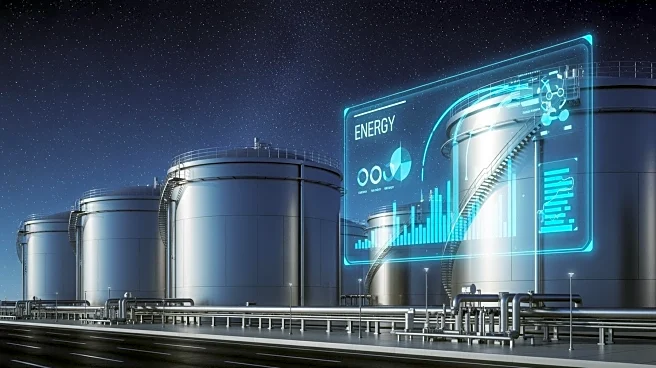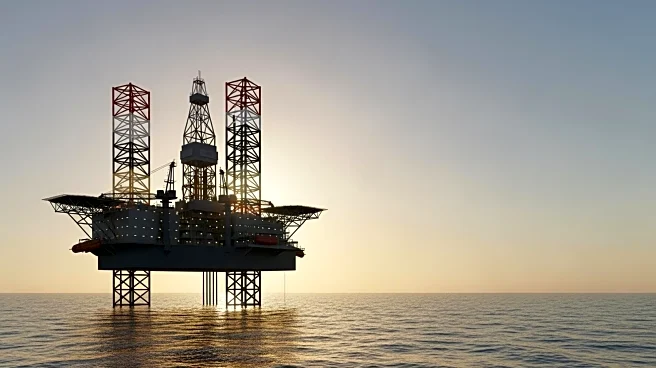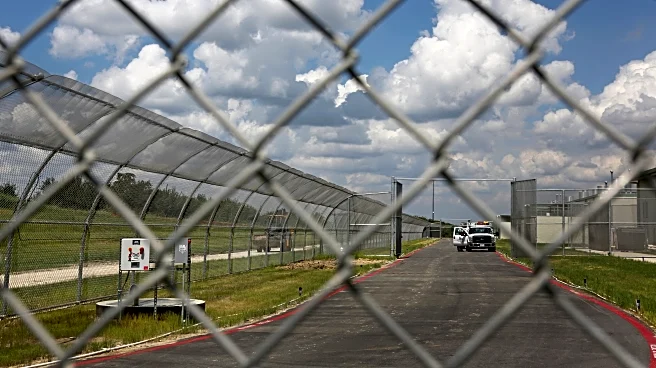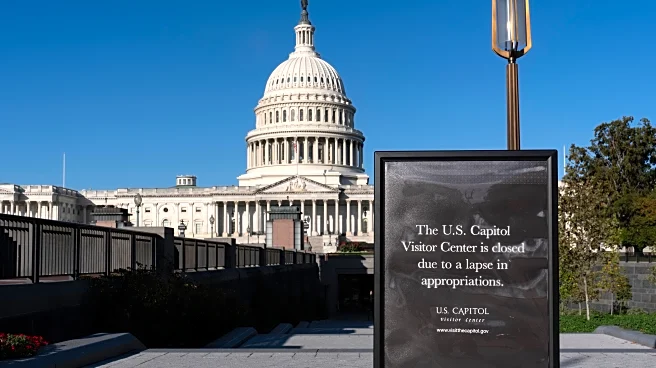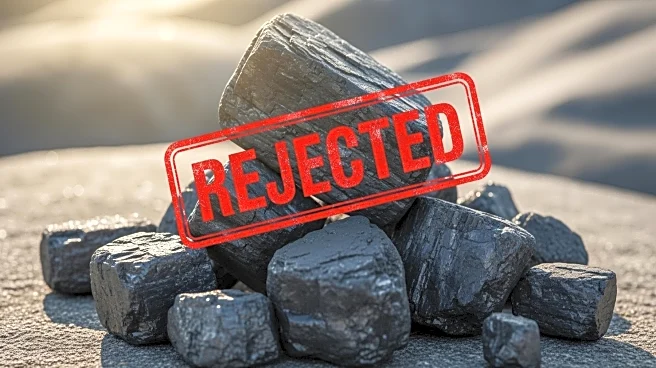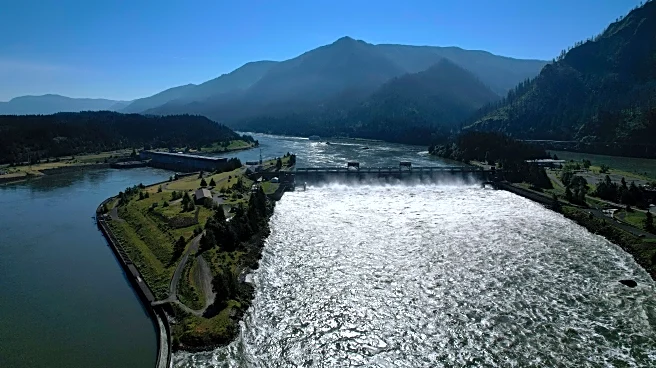What's Happening?
NextDecade Corporation has announced a $6.7 billion investment to expand its Rio Grande LNG facility in Texas. This decision marks a significant boost to the U.S. LNG export capacity. The expansion involves Train 5, which is expected to produce approximately
6 million tonnes per annum (MTPA) of LNG, increasing the facility's total production capacity to 30 MTPA. The project is supported by 20-year LNG sales agreements with JERA, EQT Corporation, and ConocoPhillips. The substantial completion and first commercial delivery are anticipated in the first half of 2031. This expansion follows the Trump Administration's reversal of the Biden Administration's pause on new LNG project approvals, encouraging U.S. developers to invest in new projects.
Why It's Important?
The expansion of the Rio Grande LNG facility is crucial for enhancing the U.S.'s position in the global LNG market. By increasing export capacity, the U.S. can better meet international demand for natural gas, potentially leading to increased economic growth and job creation in the energy sector. The investment reflects confidence in the regulatory environment under the Trump Administration, which has facilitated the approval of new LNG projects. This development could also strengthen trade relationships with countries reliant on LNG imports, thereby impacting U.S. foreign policy and economic strategy.
What's Next?
The completion of Train 5 is expected by 2031, with ongoing construction and financial transactions to support the expansion. As the U.S. continues to add LNG export capacity, other projects like Plaquemines LNG and Corpus Christi LNG Stage 3 are set to come online in 2025 and 2026. These developments will further solidify the U.S.'s role as a leading LNG exporter. Stakeholders, including energy companies and international buyers, will closely monitor the progress of these projects and their impact on global LNG supply chains.
Beyond the Headlines
The expansion of LNG facilities raises environmental concerns, particularly regarding emissions and ecological impacts. As the U.S. increases its LNG export capacity, there may be heightened scrutiny from environmental groups and policymakers advocating for sustainable energy practices. Balancing economic growth with environmental responsibility will be a key challenge for the industry.
